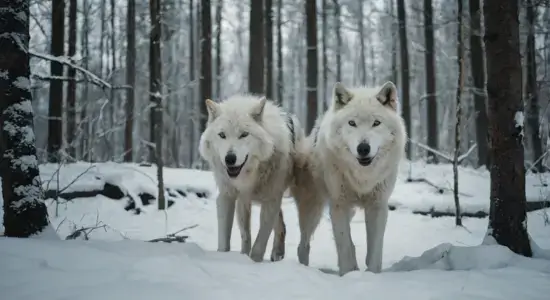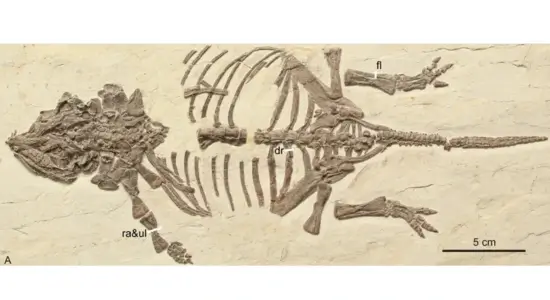In a story that blurs the line between science fiction and cutting-edge genetics, scientists have made a major breakthrough in conservation by using the ancient DNA of the extinct Dire Wolf Cloning of one of the world’s most endangered canines — the Mexican gray wolf.

The dire wolf (Canis dirus), once a fierce predator during the Ice Age, went extinct about 10,000 years ago. While they’ve long fascinated paleontologists and pop culture fans alike (thanks, Game of Thrones), recent research has confirmed that dire wolves are not just oversized gray wolves — they’re a completely different species with distinct evolutionary roots. This key discovery helped scientists refine genetic techniques, ultimately contributing to the successful cloning of a live Mexican gray wolf pup.
This achievement was led by Revive & Restore, a nonprofit focused on biotechnology and conservation. The team used a process called non-invasive somatic cell nuclear transfer, meaning no harm was done to living wolves. Instead, scientists inserted the nucleus of a preserved wolf cell into a donor egg, which was then implanted into a surrogate. The result? A healthy wolf pup named “Alejandra.”
“This isn’t just about bringing extinct creatures back,” said Ben Novak, lead scientist at Revive & Restore. “It’s about using what we learn from the past to secure the future of endangered species.”
The Mexican gray wolf, also known as El Lobo, once roamed widely across the southwestern U.S. and Mexico. Today, fewer than 250 individuals survive in the wild, with their gene pool suffering from inbreeding and low diversity. That’s where the dire wolf comes in — not to be resurrected, but to offer valuable evolutionary insights and lab techniques that strengthen modern conservation tools.
By comparing dire wolf DNA with other ancient and modern canine genomes, scientists have fine-tuned their understanding of wolf lineage, immune responses, and genetic health. These findings have directly improved the protocols for cloning, embryo viability, and long-term success rates.
This breakthrough could pave the way for similar efforts with other endangered species, such as the red wolf or Ethiopian wolf — animals on the brink that could benefit from advanced cloning technologies and ancient genetic data.
If you thought this story was wild, we’ve got even more unbelievable science and history facts waiting for you. Don’t forget to bookmark fact fun and check back often — you never know what mind-blowing truth we’ll uncover next.
ref : iflscience






